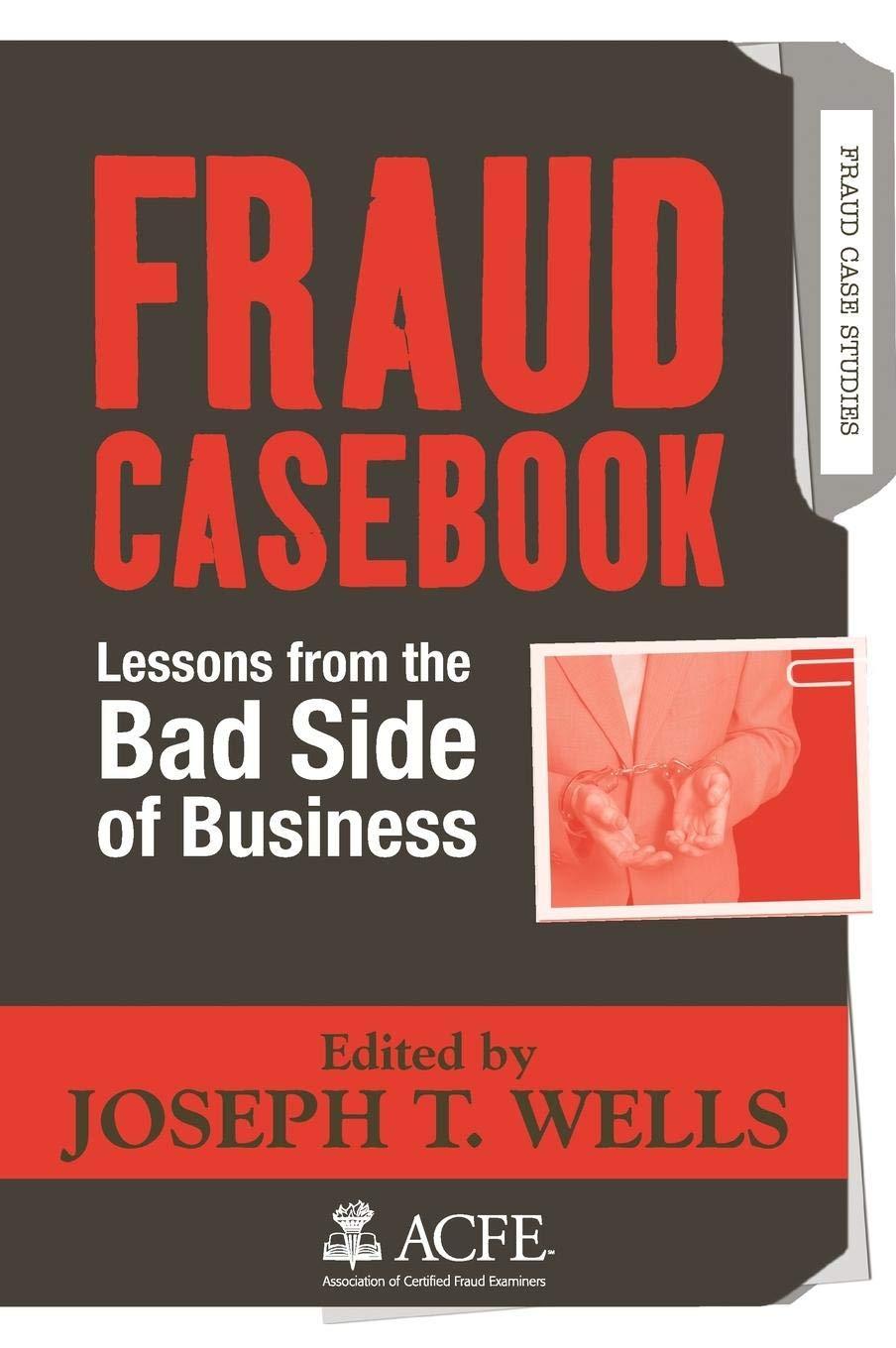Answered step by step
Verified Expert Solution
Question
1 Approved Answer
Two firms compete In a homogeneous product market where the inverse demand functlon is P=205Q (quantity is measured in millions). Firm 1 has been In
 Two firms compete In a homogeneous product market where the inverse demand functlon is P=205Q (quantity is measured in millions). Firm 1 has been In business for one year, while Firm 2 just recently entered the market. Each firm has a legal obligation to pay one year's rent of $1.8 million regardless of Its production decision. Firm 1's marginal cost is $2, and Firm 2 's marginal cost is $10. The current market price is $15 and was set optimally last year when Firm 1 was the only firm In the market. At present, each firm has a 50 percent share of the market. a. Based on the Information above, what is the likely reason that Firm 1's marginal cost is lower than Firm 2 's marginal cost? Limit pricing Second-mover advantage Learning curve effects Direct network externality b. Determine the current profits of the two firms. Instructions: Enter all responses rounded to two decimal places. Firm 1's profits: $ million Firm 2's profits: $ million c. What would each firm's current profits be If Firm 1 reduced its price to $10 while Firm 2 contlinued to charge $15 ? Instructions: Enter all responses to two decimal places. Firm 1's profits: $ million Firm 2's profits: $ million d. Suppose that, by cutting Its price to $10. Firm 1 is able to drive Firm 2 completely out of the market. After Firm 2 exits the market, does Firm 1 have an Incentive to ralse Its price? Yes No e. Is Firm 1 engaging in predatory pricing when it cuts its price from $15 to $10
Two firms compete In a homogeneous product market where the inverse demand functlon is P=205Q (quantity is measured in millions). Firm 1 has been In business for one year, while Firm 2 just recently entered the market. Each firm has a legal obligation to pay one year's rent of $1.8 million regardless of Its production decision. Firm 1's marginal cost is $2, and Firm 2 's marginal cost is $10. The current market price is $15 and was set optimally last year when Firm 1 was the only firm In the market. At present, each firm has a 50 percent share of the market. a. Based on the Information above, what is the likely reason that Firm 1's marginal cost is lower than Firm 2 's marginal cost? Limit pricing Second-mover advantage Learning curve effects Direct network externality b. Determine the current profits of the two firms. Instructions: Enter all responses rounded to two decimal places. Firm 1's profits: $ million Firm 2's profits: $ million c. What would each firm's current profits be If Firm 1 reduced its price to $10 while Firm 2 contlinued to charge $15 ? Instructions: Enter all responses to two decimal places. Firm 1's profits: $ million Firm 2's profits: $ million d. Suppose that, by cutting Its price to $10. Firm 1 is able to drive Firm 2 completely out of the market. After Firm 2 exits the market, does Firm 1 have an Incentive to ralse Its price? Yes No e. Is Firm 1 engaging in predatory pricing when it cuts its price from $15 to $10 Step by Step Solution
There are 3 Steps involved in it
Step: 1

Get Instant Access to Expert-Tailored Solutions
See step-by-step solutions with expert insights and AI powered tools for academic success
Step: 2

Step: 3

Ace Your Homework with AI
Get the answers you need in no time with our AI-driven, step-by-step assistance
Get Started


